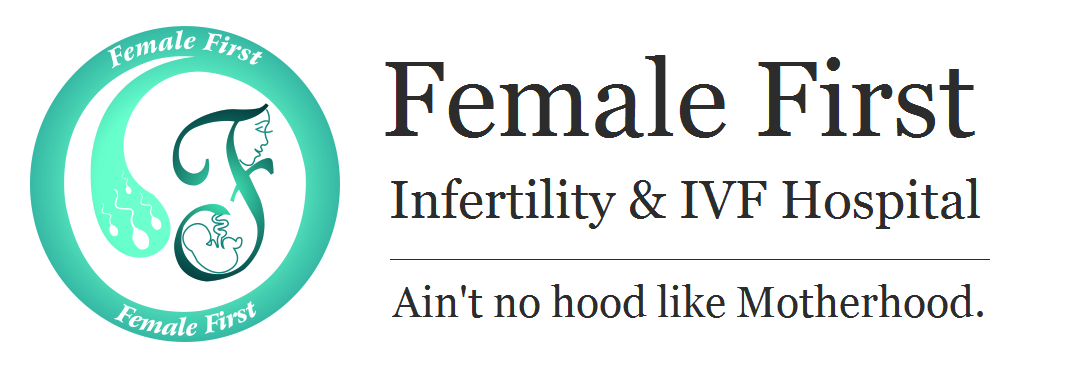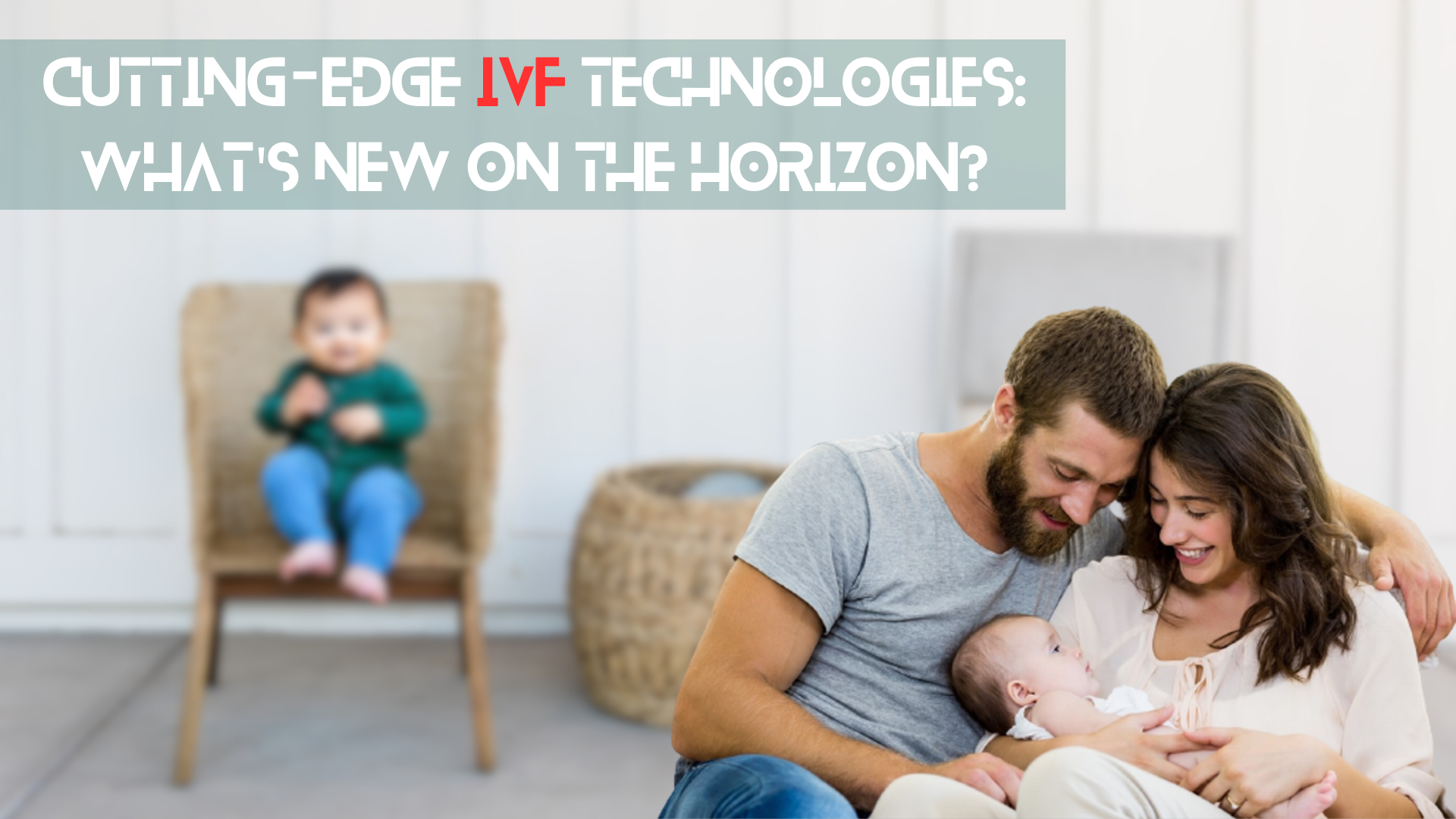Introduction
In the world of assisted reproductive technology, In Vitro Fertilization (IVF) has been a beacon of hope for couples struggling with infertility. Over the years, IVF techniques and technologies have evolved significantly, offering new possibilities for individuals and couples hoping to start or expand their families. In this blog, we’ll delve into the exciting world of cutting-edge IVF technologies and explore what’s on the horizon for hopeful parents.
Time-Lapse Imaging
One of the remarkable advancements in IVF is the use of time-lapse imaging. This technology involves continuously monitoring the development of embryos without removing them from the incubator. Traditional methods require periodic checks, which can disturb the delicate environment of the incubator. Time-lapse imaging allows embryologists to track the growth of embryos in real-time, providing valuable insights into their viability. By selecting embryos with optimal developmental patterns, success rates for IVF have improved, increasing the chances of a successful pregnancy.
Pre-Implantation Genetic Testing (PGT)
Pre-Implantation Genetic Testing (PGT) is another groundbreaking development in IVF. PGT involves examining embryos for genetic abnormalities before they are transferred into the uterus. This technology allows doctors to identify and select embryos that are free from genetic disorders, increasing the likelihood of a healthy pregnancy and reducing the risk of miscarriage. PGT has been a game-changer for couples with a family history of genetic conditions, offering them the opportunity to have a genetically healthy child.
Artificial Intelligence (AI) and Predictive Analytics
Artificial Intelligence (AI) has found its way into the world of IVF, revolutionizing the selection of embryos for transfer. AI algorithms analyze thousands of data points related to embryo development, morphology, and genetic markers to predict which embryos are most likely to result in a successful pregnancy. This not only enhances the chances of success but also reduces the number of embryos needed for transfer, minimizing the risk of multiple pregnancies.
Egg Freezing and Vitrification
Egg freezing and vitrification techniques have also seen significant improvements. Vitrification is a flash-freezing method that preserves the quality of eggs better than slow freezing. This advancement has extended fertility preservation options for women who wish to delay childbearing for personal or medical reasons. With vitrification, eggs can be stored for longer periods without a significant decline in quality.
Single Embryo Transfer (SET)
Single Embryo Transfer (SET) has gained prominence in IVF to reduce the risk of multiple pregnancies. Advances in IVF technology have made it possible to transfer a single carefully selected embryo, maintaining a high success rate while minimizing the chances of twins or higher-order multiples. This approach not only enhances safety for both the mother and babies but also promotes the healthy development of the fetus.
Conclusion
The field of IVF is continuously evolving, and cutting-edge technologies are opening new doors for couples struggling with infertility. Time-lapse imaging, Pre-Implantation Genetic Testing, Artificial Intelligence, vitrification, and Single Embryo Transfer are just a few of the remarkable advancements that have transformed the IVF landscape. As these technologies continue to improve, the future looks brighter than ever for hopeful parents embarking on their IVF journey. Keep an eye on these developments, as they hold the promise of making assisted reproduction even more successful and accessible in the years to come.


Add Your Comment